Will the baby really get used to it?Psychologist: the more you get used to the safer before this age
Author:Lilac mother Time:2022.07.01

The child is crying, do you want to hold it to comfort? This is probably a problem that many novice parents will entangle.
Don't hold it, fearing to destroy the child's sense of security and leave a shadow for the child; always hold it up and comfort, and fear that the child is used to be bad, causing them to intensify.
So, the child is crying, should you hold comfort? Will it really be used to actively respond to the child? Let's talk about it today.
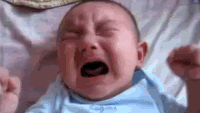
Picture source: giphy
Will children really get used to it?
You think too much
Why do people think that the child is hugging and the child is bad? They are often worried that children will find causal relationships from crying and demand satisfaction, so that adults' hearts are softened to achieve adults and achieve their goals.
At the same time, in their opinion, when the child is crying, it is equivalent to delaying the instant satisfaction of the child, which is conducive to training the child's patience and delaying satisfaction.
But in fact, this concept has been popular in the United States in the last century and has long been abandoned.
Isn't the essence of the child's crying behavior on the grounds that the child's crying behavior is not ashamed of bad and unrequited.
Trying to train infants and young children through stereotypes, it seems to develop good habits in the short term, but in fact, it completely violates the laws of children's development and regards the legitimate expression of emotions in the period.
While ignoring the baby's crying, the information that the child conveyed to the adult by crying was still neglected.
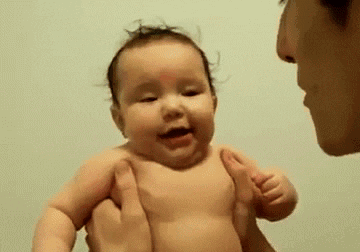
Picture source: giphy
If parents observe it carefully, they will find that most children will not cry for no reason before the age of 1. At this time, their self -consciousness has not yet formed, and some are just the most basic physiological needs and the mental needs of the controller.
In other words, children before 1 year old were obviously unable to manipulate adults through crying.
Crying is just one of the languages that they communicate with adults. Basically, they are not cold, hot, hungry, frightened, environmental discomfort, or flatulence, intestinal colic, diaper rash, etc. If the parents ignore the crying, the accident will be too late.
Only when the brain generates more basic structure can children really learn to infer cause and effect, their social emotional ability has also been improved, and they have begun to attract their parents' attention.

Picture source: giphy
1. Baby before the age of5
The more accustomed to the sense of security
Now that we already know that most babies have an expression of instinctual needs before the baby is 1 year old, for a few months of babies, the so -called habit is actually responding to their instinctual needs in a timely manner. Essence
Even in the eyes of psychologists, the baby is more accustomed to the smarter.
The famous American psychologist Eriksson has divided personality development in eight stages in accordance with the physiological age. He believes that children in the early stage (0 ~ 1.5 years old) are lonely and weak, and their dependence on adults is the most. The core task is to solve the psychological conflict of basic trust and distrust.
To explain in big vernacular, parents should gently respond to their babies' needs at this stage and help them build a sense of trust in the world.
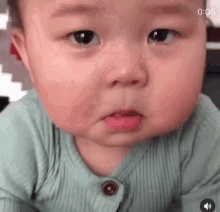
Picture source: giphy
Coincidentally, British developed psychologist Berby proposed the concept of attachment. In his opinion:
A kind of emotional connection will be established between babies and caregivers. Through this connection, the supporter can pass the emotional information to the child, and the child can also establish a preliminary understanding of the external world on this information.
If the supporter can establish a safe attachment with the child through emotion, let the child realize that the external world is safe, trustworthy, and subtly into an inseparable part of a psychological personality. When facing the challenges such as milk, bed splitting, and going to kindergarten, the separation anxiety of such children will not be so serious, and it will perform better.
Over time, they will also be confident and cheerful in the future, have strong emotional regulation capabilities and adaptability, and are more likely to establish healthy friendship and stable interpersonal relationships.
Whether it is Eriksson's eight stages of personality development or the theory of attachment to Ballby, it depicts us a picture. For the newborn baby, everything in the world is unknown. In a chaos, they began to establish establishment Initial connection.
If the parents can give the child in time, let him feel that he is safe and loved, not only can the child have a pleasant emotion, reduce crying, but also build an inner order.
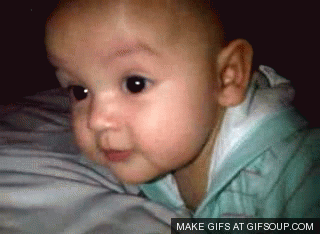
Picture source: giphy
Actively respond to doting
Learn to identify the needs behind crying
Of course, the establishment of a safe -oriented attachment to the needs of children does not mean that we are to doting children.
First of all, we must make it clear that before we judge what needs behind crying.
Physiological
For example, hunger, thirst, overheating/overheating, trapped, urine, urine, urine, urine, uncomfortable, environmental uncomfortable (sound noisy/light -eyed), intestinal colic, pathological reasons, etc. The most common needs.
If it is not satisfied, the baby will feel uncomfortable. Their most intuitive expression is to send a signal by crying -help me, I am uncomfortable!
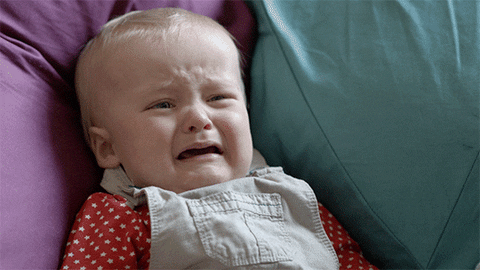
Picture source: giphy
Spiritual needs
As mentioned earlier, no matter how small babies have the spiritual needs of love.
Sometimes, in this strange world, because of various factors, he feels uneasy and needs emotional venting;
Sometimes, he wants to attract the attention of others, ask them to hug him and interact with him; sometimes, he just lose interest in the inherent space and toys, and will be happy to be attracted to other places;
Native
Parents should learn to identify the signals issued by the child. The physiological needs should be responded in a timely manner. Non -biological crying can not meet the needs of the child, but it must not be stopped, scolded, and cold treatment. This will have a large negative impact on the child's mental health. Essence
Instead, the child is soothing in time and let the child understand that although parents refuse my request, they love me very much, and I am still safe and warm.
As for a certain stage after the child is 1 year old (each child develops differently, at the latest from 18 months to 2 years old) starts some tentative fake crying and fake troubles. Parents can slow down a little response, but it is not completely immune to crying. , Always ignore the child.
Reasonable requirements can be met, which are not met? For example, dangerous behavior, when harming others/social interests, such as playing fire, such as playing people, or violating family rules, such as whether to eat snacks and how long to watch cartoons.
When the child is difficult to appease and the so -called unreasonable trouble appears, we do not need to respond in a fierce way, because when the child realizes that you care about his crying behavior, you will respond to you in a more violent way.
Picture source: giphy

Many times are the unreasonable troubles of adults, and they are mostly related to adult emotions and the degree of busyness. The child's unreasonable trouble may often be the need for parents' love. When defining unreasonable trouble for children, they must think about the reasons behind their children's emotions. It is recommended to keep peace and patience and soothe the child's emotions.
When the child is crying, keeping gentle, patience, identity and soothe the child's emotions, and guide him to express the needs correctly. It is a good choice after the child calms down.
At the same time, he is given adequate love and does not get used to the proposition. It is believed that for each parent, and even those who participate in the child's support and build a close relationship with them, they need time to think carefully and explore.
There is no fixed formula for the growth of the child, and the answer can only be found in the process of learning more, more accompanying the baby, and constantly running in with the baby.
Experts in this article
Ye Zhuang
Review expert
Member of the American Psychology Society
Master of Psychology, Institute of Psychology of the Chinese Academy of Sciences
Pigeon
Review expert
Harvard University Master of Psychology
Plan
Produced: A Tongmu
- END -
Push the door of the Children's Hospital, the "small world" that the seven directors saw
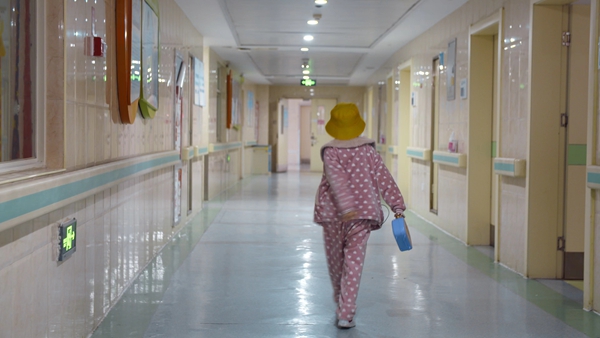
Elephant News · Oriental Journal reporter Zhao Dan/Wen interviewee confessed pict...
Story: The child sitting on the back seat of the electric car is actually far from his mother
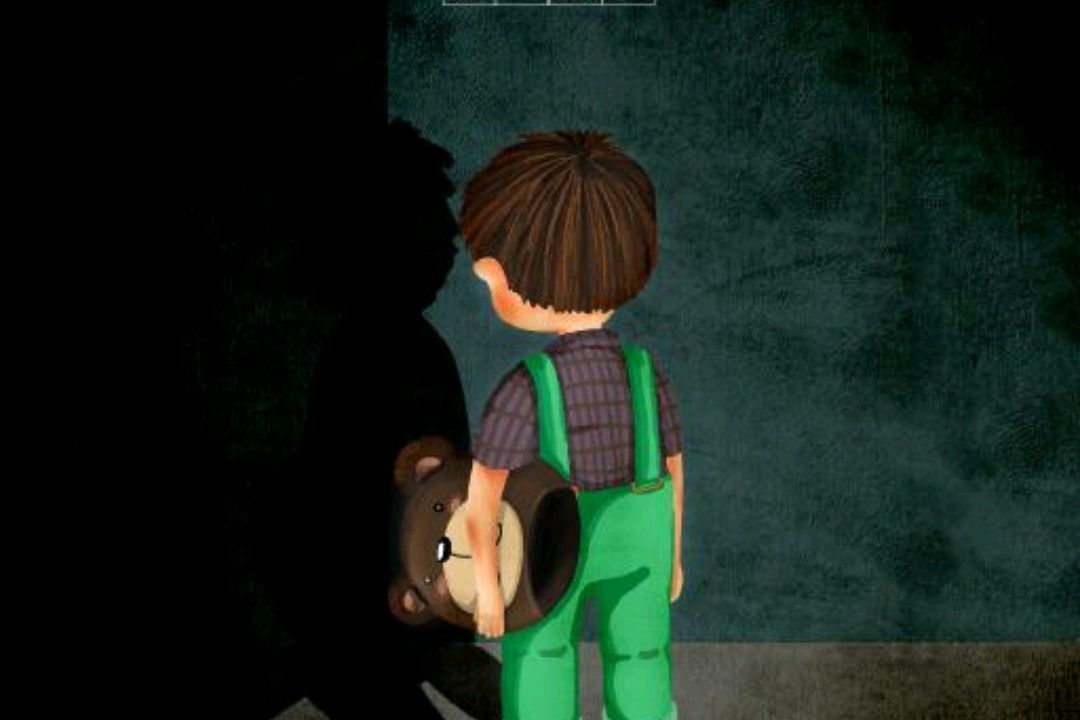
He was sitting on the electric car, and he was behind his mother, but in fact he w...